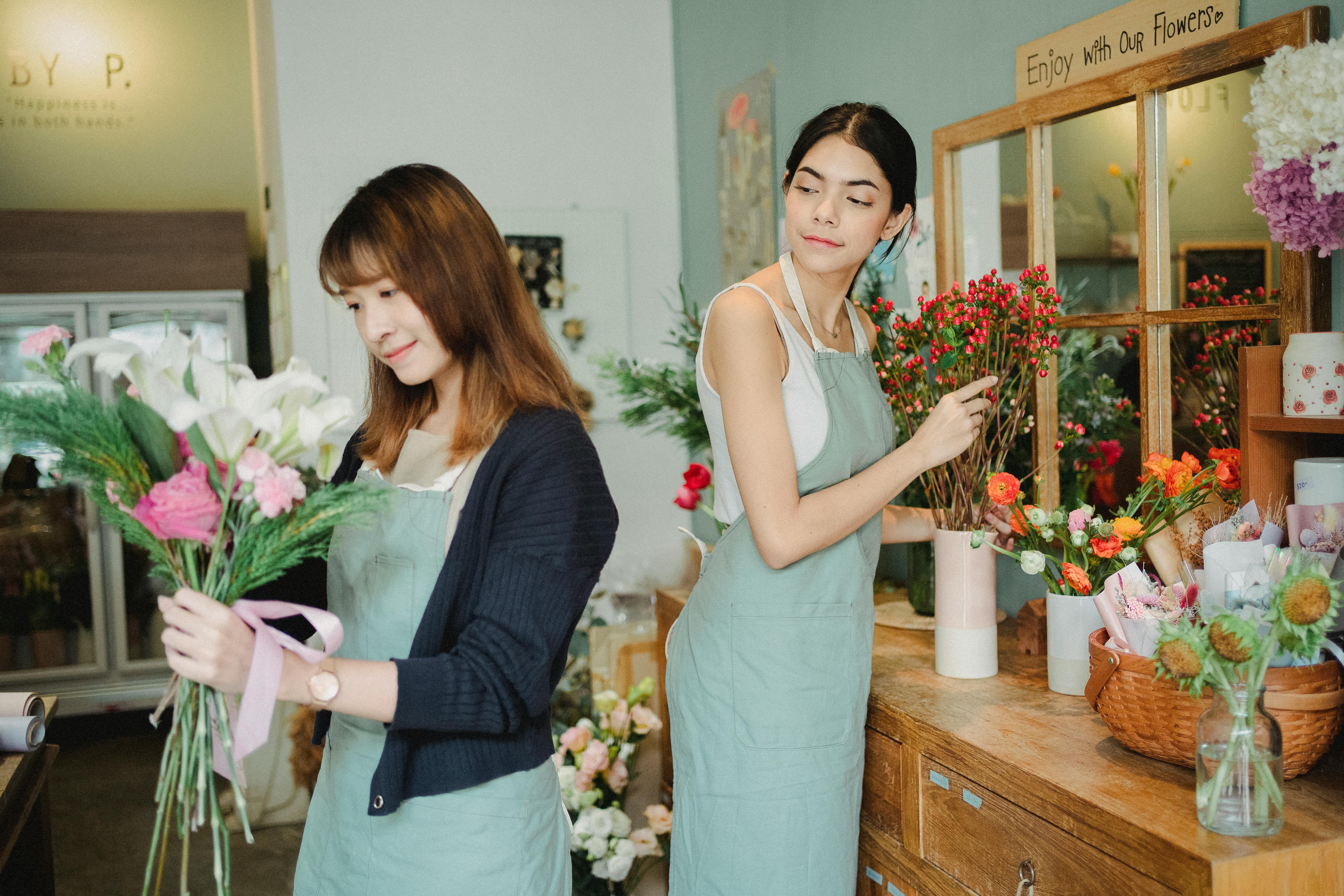Vitoria, Spain to discover a city untouched by mass tourism, while studying Spanish in Spain
Vitoria is located on a vast plain surrounded by mountains; 60 km from the coast, 30 km from the vineyards and old wineries of the La Rioja region and 50 km from the monasteries where the first texts in Spanish appeared.
Now the city has 225,000 inhabitants. In the 1950s, when the city had about 60,000 inhabitants, Vitoria experienced a major demographic boom. Its dynamic industry and service sectors attracted many people from other Spanish regions to settle in this ever-growing city.
The entire old town, with its narrow streets and unique architecture, has been declared a monumental complex. The Gothic churches of Santa María, San Vicente, San Pedro and San Miguel are worth seeing, as well as the Renaissance palaces of Montehermoso and Villa Suso.
Afterwards, you can walk through the Arquillos, an arcaded promenade that leads to the two main squares: the Plaza de España and the Plaza de la Virgen Blanca. This central area perfectly unites the medieval quarter with the modern center of the city.
This lively area is full of people strolling, shopping or sitting at the countless outdoor cafes that line the streets. Time flies as you sit and watch the people come and go and the children exchanging their collections of cards on Sunday morning…
The parks, pedestrian streets and wide avenues are an open invitation to stroll to the Museum of Fine Arts or the Romanesque church of San Prudencio. You can also go for a run in the Prado or San Juan de Arriaga parks.
If you prefer a more relaxed time, you can try visiting cafes and bars and enjoying Basque cuisine.
In the Basque Country, eating is much more than satisfying a basic need. Cooking and eating are a vital part of the daily life of the Basques, who discuss, do business and make lasting friendships around a tablecloth.
Basque cuisine, based on products from both the land and the sea, is famous in the rest of the country and abroad.
Here you can try both the most traditional and the most innovative cuisine, as well as one of the most famous wines in the world, Rioja.
Fish, whether from the Basque coast or from remote fishing grounds, exploited for centuries by arrantzales (Basque fishermen), is the star of Basque cuisine. Hake, sea bream, tuna and cod, prepared in various ways, are the base of most recipes. You can also find the more modest species such as sardines or anchovies, as well as turbot, monkfish or sea bass.
Also, the tapas, called “pintxos” in the Basque Country, are real miniature delights on their own.
In Vitoria, as in the Basque Country in general, you don’t necessarily have to sit down to eat well. The ritual of “txikiteo”, that is, groups of friends who go from bar to bar drinking txikitos (small glasses of Rioja wine) or zuritos (small glasses of beer), has extended to food: the appetizing “pintxos”. While some of these small portions are quite simple, others have reached such a level of sophistication that they are already called miniature cuisine. Many bars proudly display their own unique creations and specialties. We are sure that you will succumb to them.
It doesn’t matter when you visit Vitoria because various artistic and cultural events take place throughout the year: concerts, conferences, theater, open-air market that takes place in the old town on the first Saturday of each month, soccer, basketball, baseball ( traditional Basque jai-alai game)…
Among the most important events are: the Month of Dance, the Spring Craft Fair, the International Folklore Festival, one of the most important Jazz festivals in Europe in mid-July, a medieval market held on the last weekend of week of September, the Wine Fair at the beginning of November, where numerous wineries in La Rioja present their wines, the week of the “pintxo” (tapas), where the bars and restaurants of the city offer their best “mini” culinary creations. .. and many more things to discover.
One of the most important celebrations is the patron saint festival of the city, the Virgen Blanca, which is celebrated from August 4 to 9. There are bullfights, pilgrimages, processions, fireworks and all kinds of popular celebrations for all ages.
As you can see, this friendly land, where everyone is welcome, has a wide variety of things to offer you.



Recent Comments